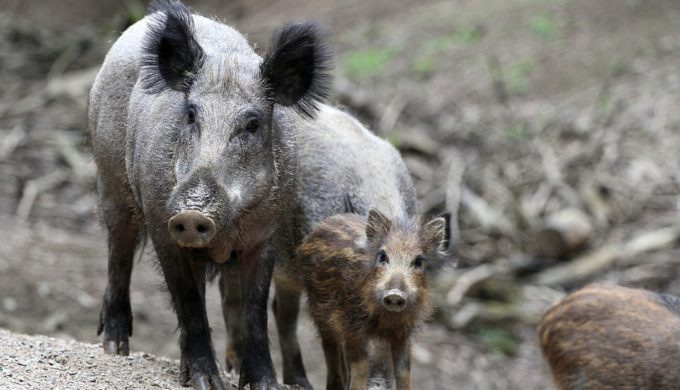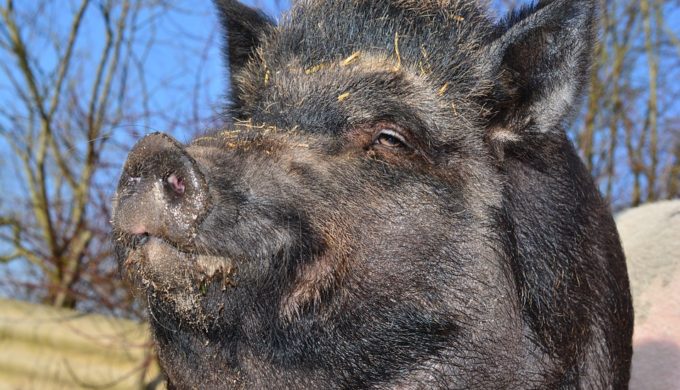It’s no secret that Texas has a problem with its feral hog population. Regardless of the measures taken, at present, there seems to be no dent in their uptick, and the damage they’re causing is outrageously expensive. Landowners throughout the state have been looking to wildlife and game officials for potential solutions, in addition to lawmakers for new or revised legislation. But where did this problem originate? What exactly are the origins of the feral hogs in Texas? The answers might surprise you.
These hogs aren’t native to the Lone Star State. In all honesty, they’re not even native to the U.S. Members of the Texas Agricultural Extension Service compiled a report entitled, “Feral Hogs in Texas,” in which they revealed that they were originally brought over to North America as a food source by explorers such as LaSalle, Cortes, and De Soto. The report stated, “They have been in Texas since the 1680s and were important livestock to the early settlers, who usually allowed their animals to roam free. When confronted by war and economic hard times, settlers often had to abandon their homesteads on short notice, leaving their animals to fend for themselves. Thus, many free-ranging domesticated hogs became feral over time.”




